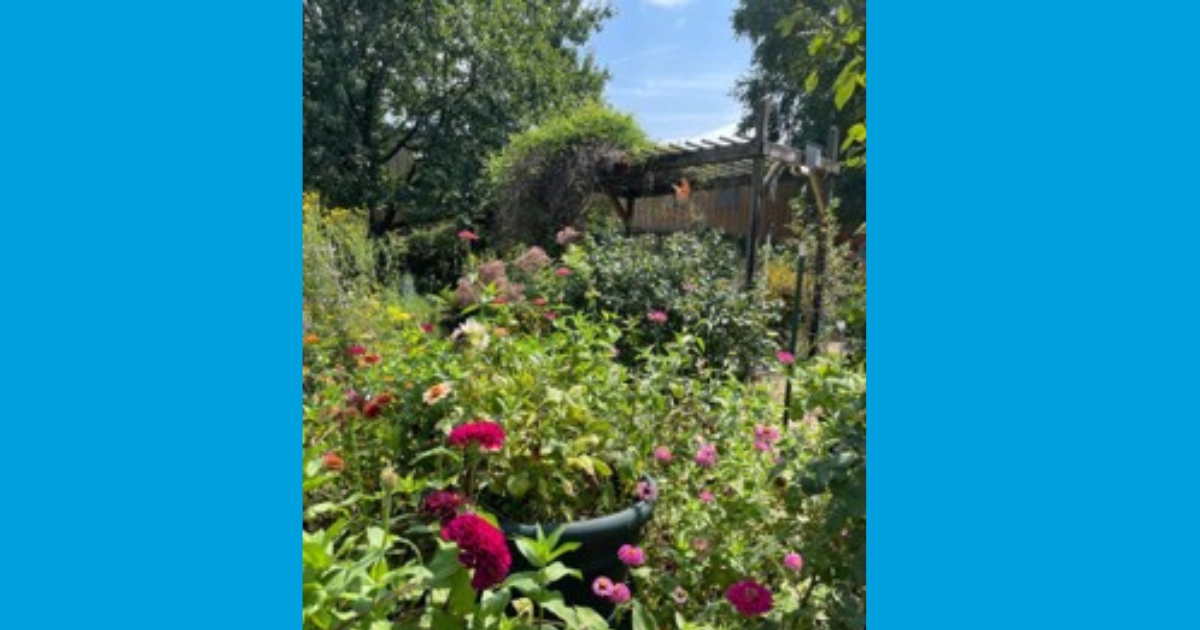
Category: Cooperative Extension
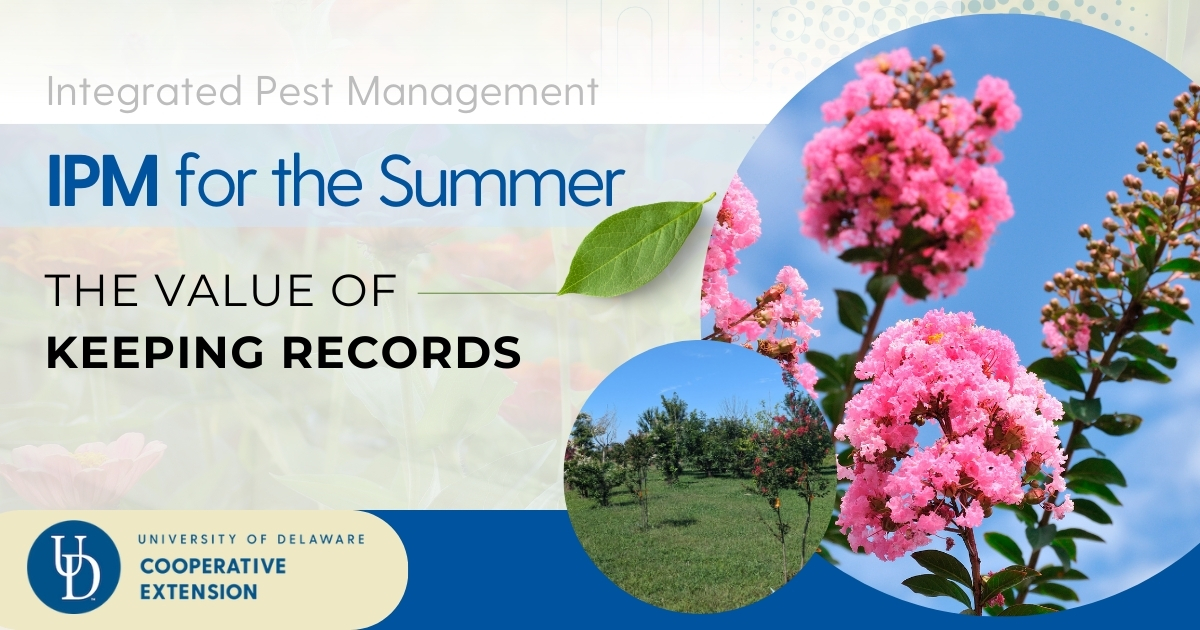
IPM for the Summer – Value of Keeping Records
February 19, 2025 Written by: Brian Kunkel, Ornamentals IPM Specialist
Integrated pest management is a strategy to use a variety of common practices to maintain pest pressure or populations below levels considered damaging to plants or causing economic loss. The most important practices in a successful IPM program are scouting for and the correct identification of the pest. Cultural practices such as where the plant is grown, or the pH of the soil are important to promote plant health and lessen the risk of some pests. If the pest is found, then action should be taken. These actions could include determining if the population is enough to warrant an application of pesticides, documenting when the pest was observed, and recording the efficacy of treatments (if any). Sometimes a low population of a pest warrants monitoring over time. Armored or soft scales, mites, thrips, and aphids are all examples of arthropods that may warrant monitoring.
Responsibilities of nursery employees (e.g., irrigation, propagation, etc…) and homeowners (e.g., mowing lawns, family events, etc…) could reduce the likelihood they notice pest population increases on their plants. Landscape maintenance contractors typically only see plants they manage on scheduled visits; consequently, the observations are only a “snapshot” view of a population, and increases can be missed. All of these make it difficult to observe pest issues on plants. Plant problems caused by pests may include excessive foliage damage, canopy thinning, wilting, discoloration, honeydew and sooty mold.
Arthropods
Some of the arthropods (spiders and insects) found on plants are predators or parasites of the pests. They help keep pest populations suppressed to acceptable levels when we are unable to focus our attention on our plants. Unfortunately, the environment or our efforts adversely affect our plants, and the pests gain an advantage over the predators and become a problem. Examples of poor practices (or environment) may include too much water, drought, excessive fertilizer, improper pruning, weed-eater damage or mulch volcanoes. We then need to use a pesticide that has minimal impact on natural enemies but reduces pest populations. This information can be used the following year to prepare for potential pest issues.
Records
Records of pests on plants pinpoint problem areas that may need regular monitoring in upcoming years. Insects are often found in the same places every year because of a variety of factors, such as a suitable environment and desired host plants. These records can be reviewed during late fall through winter to plan for the next growing season. Such a plan or record could be written on index cards and include the following type(s) of information:
When (time of year)
Location (property or section)
Host plant to inspect
Pest to look for (could be insect or a disease issue)
Environment (is area dry, saturated, scalped, etc…)
Previous management effort
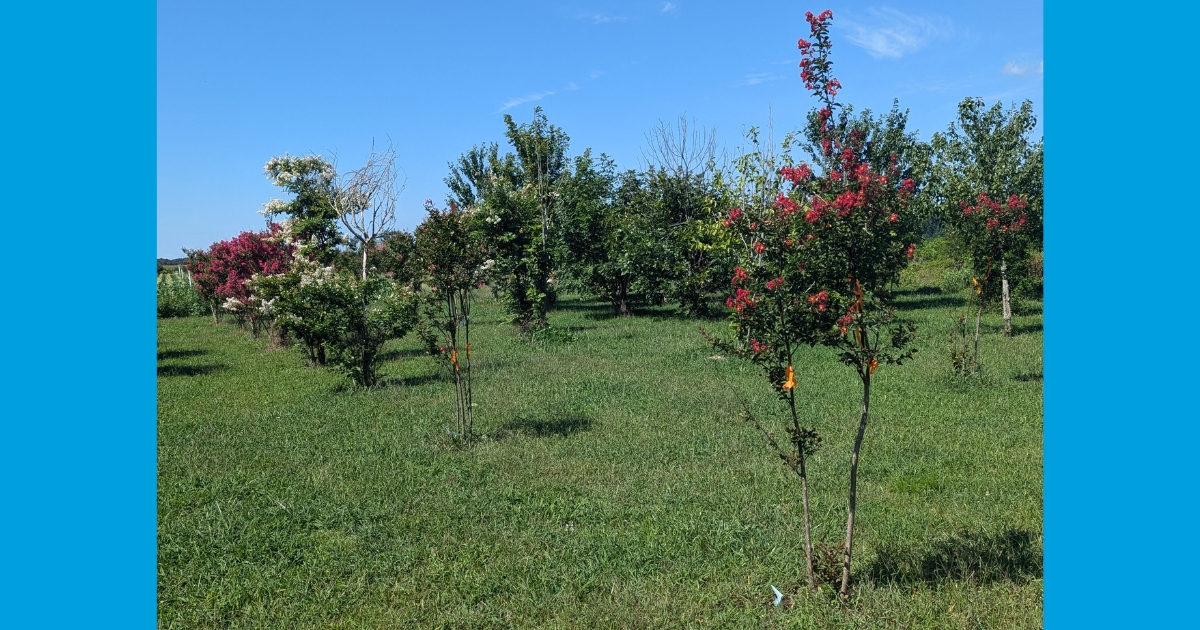
Access records for each property or plant location could be added to a calendar so locations with annual “hot” problems are less likely overlooked. Research at the Carvel Research and Education Center in Georgetown, DE and on the farm of South Campus in Newark uses this record-keeping for the exotic invasive pest called crape myrtle bark scale.
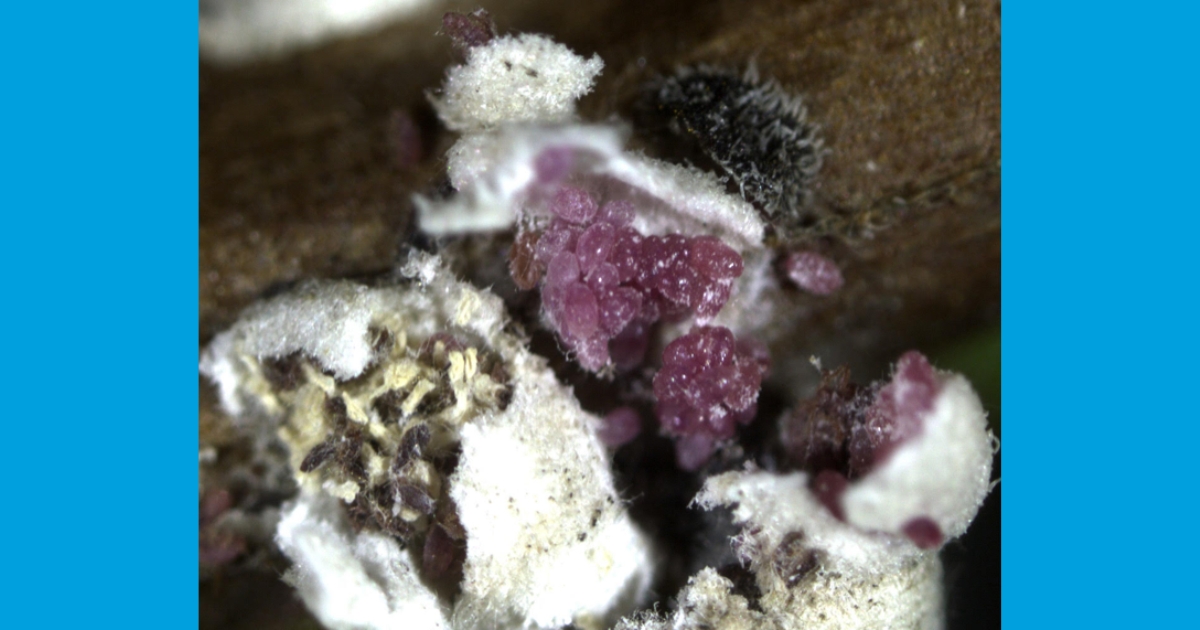
The research project planted crape myrtles (Figure 1) after the crape myrtle bark scale (CMBS; eggs and females; Figure 2) was found for the first time in DE in 2020. This invasive pest had been found in the Gulf Coast states for a few years before it was discovered in Sussex County. We used their records of the pest activity to help us start our monitoring program to help homeowners and professionals in Delaware. This pest can cause crape myrtle trunks to become dingy gray due to sooty mold growing on the honeydew (excrement) produced by CMBS. Infested plants also will produce fewer flowers during the growing season. There are a couple of products that are able to manage this pest fairly easily, but recent research has found that those products can contribute to the decline of pollinators; consequently, we want to use something else if possible. There are other products that work, but they need to be applied when the crawlers (unprotected mobile stage) are active, and there is little information detailing when that occurs.
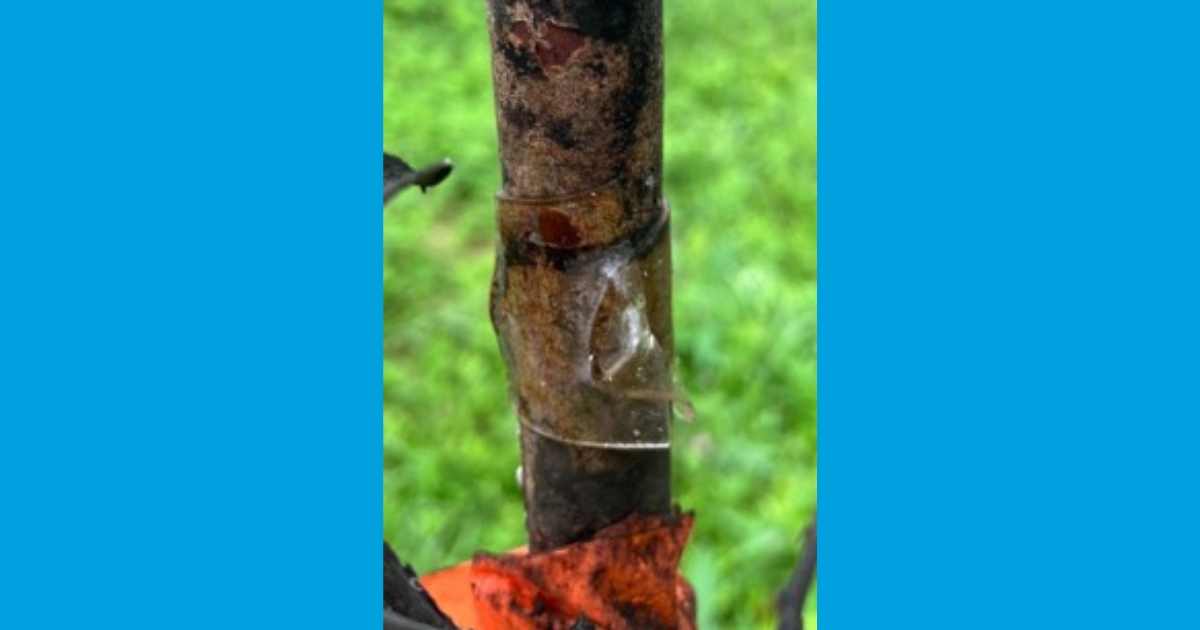
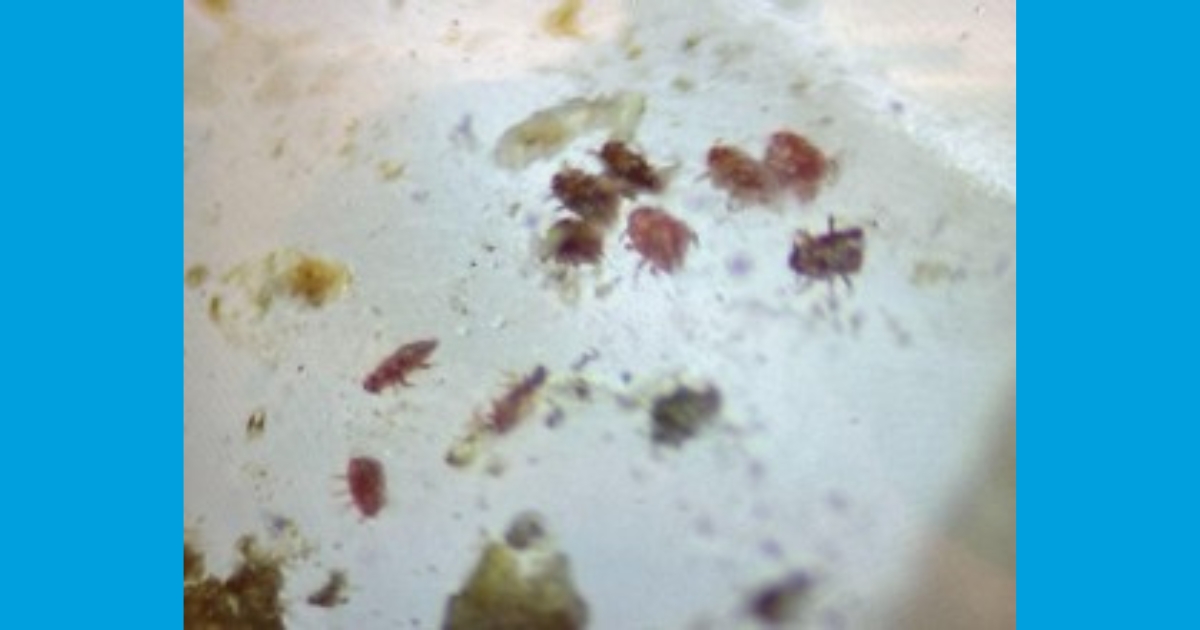
Our project used the records from Gulf Coast states to begin our monitoring efforts. We place double-sided sticky tape (Figure 3) on branches to catch the crawlers (Figure 4) each week from May until November. The crawlers are counted and recorded for each week so we can observe when the susceptible stage of this insect is most active. Their weekly activity has been graphed and shared with professionals throughout the mid-Atlantic so they can use insecticides that are less harmful to pollinators but still significantly reduce CMBS populations. This project has been in collaboration with the University of Maryland and has occurred over the last two years. We have recorded lady beetles and lacewing larvae attacking CMBS in both locations in Delaware and one in Maryland. We also have observed that CMBS populations are consistently lower where plant diversity (Figure 5) is greater. Our project has provided us with records of CMBS activity in the mid-Atlantic that allow professionals to target this pest with pesticides safer on natural enemies and pollinators. This record is on file so that in future years if we have crape myrtles we manage, then, at the beginning of June and August we need to watch for CMBS activity.
When: 1st generation: beginning of June (GDD50: 518 - 817); 2nd generation beginning of August (GDD50: 1,992 – 2,232)
Location: Newark and Sussex Counties; CMREC, Maryland
Host plants: Crape myrtles (Lagerstroemia); American beautyberry (Callicarpa)
Pest to look for: Crape myrtle bark scale (CMBS)
Environment: Landscapes, nurseries, and stressed plants may be more susceptible
Management: Project looks to conduct efficacy trials; contact products need the timing horticultural oil, pyriproxyfen, buprofezin; neonicotinoids/systemic, dinotefuran or imidacloprid (potential impact on pollinators) apply before timing listed above
